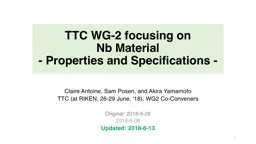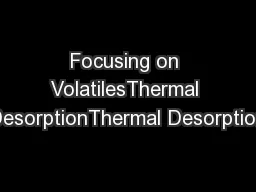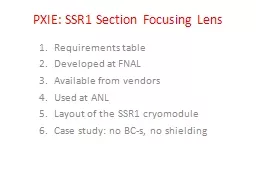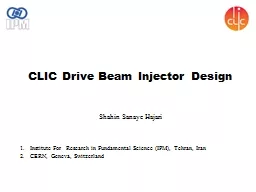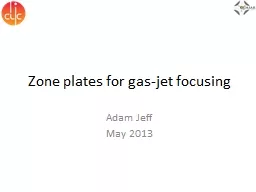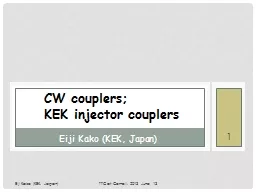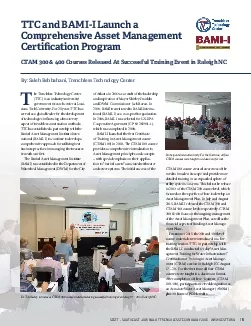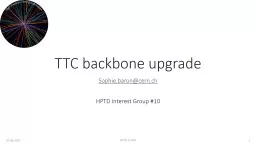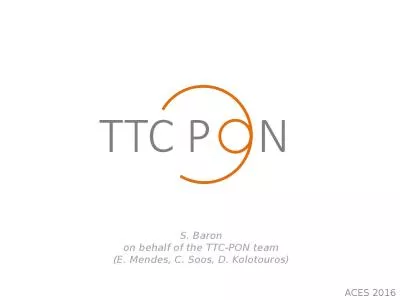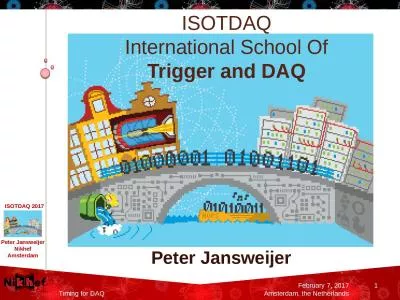PPT-TTC WG-2 focusing on Nb Material
Author : sherrill-nordquist | Published Date : 2018-10-29
Properties and Specifications Claire Antoine Sam Posen and Akira Yamamoto TTC at RIKEN 2629 June 18 WG2 CoConveners Original 2018526 2018608 Updated 2018613
Presentation Embed Code
Download Presentation
Download Presentation The PPT/PDF document "TTC WG-2 focusing on Nb Material" is the property of its rightful owner. Permission is granted to download and print the materials on this website for personal, non-commercial use only, and to display it on your personal computer provided you do not modify the materials and that you retain all copyright notices contained in the materials. By downloading content from our website, you accept the terms of this agreement.
TTC WG-2 focusing on Nb Material: Transcript
Download Rules Of Document
"TTC WG-2 focusing on Nb Material"The content belongs to its owner. You may download and print it for personal use, without modification, and keep all copyright notices. By downloading, you agree to these terms.
Related Documents

